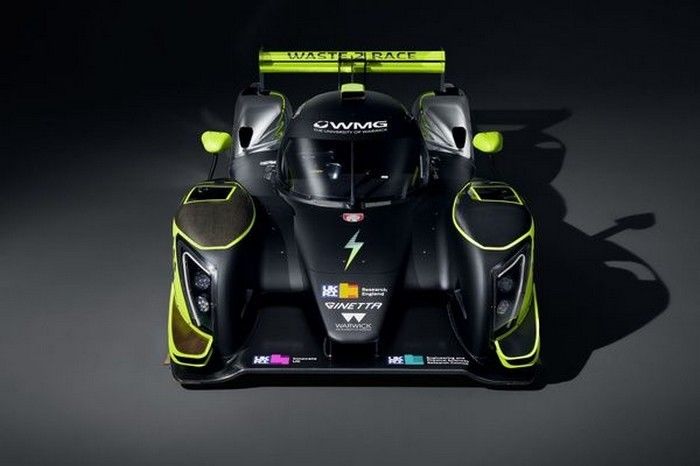In an exciting development, engineers at the University of Warwick have successfully powered a sports car using hydrogen derived from sewage waste. The innovative project, aptly named Waste to Race, aims to address sustainability issues in motorsports by utilizing waste materials in an eco-friendly manner.
The team’s breakthrough involves generating hydrogen from sewage through a process called microbial electrolysis. Microbes growing on a carbon fiber substrate break down the waste and produce hydrogen, which is then used to fuel the race car. The car itself has also been built using repurposed materials, showcasing sustainable technologies that could influence future automotive designs.
How It Works
Dr. James Meredith, Chief Engineer of the project, explained to Reuters that the new microbial electrolysis cell is used to clean wastewater. As sewage flows through the cell, microbes consume the waste, producing hydrogen in the process. This method differs from previous technologies as the hydrogen is generated off-site and then used to power the car. The car itself does not actively digest sewage or produce hydrogen during the race.
The Race Car
The car uses an adapted internal combustion engine designed to easily combust the hydrogen fuel. Emphasizing sustainability, the engineers also repurposed a battery from a crashed vehicle. The individual cells are now used to power the car’s ancillary systems, further enhancing the project’s green credentials.
Producing Green Hydrogen from Wastewater
Typically, hydrogen is produced through electrolysis, where water is split into hydrogen and oxygen. The Mendota case study has been instrumental in understanding this process. If Warwick’s new study proves scalable, it could revolutionize hydrogen production, bringing sustainable racing to the mainstream.
Conclusion
The University of Warwick’s Waste to Race project represents a significant step toward sustainable technology in motorsports. By harnessing sewage waste to produce hydrogen fuel, this innovation could pave the way for more eco-friendly racing and inspire broader applications of green hydrogen in various industries.
Related topics:

